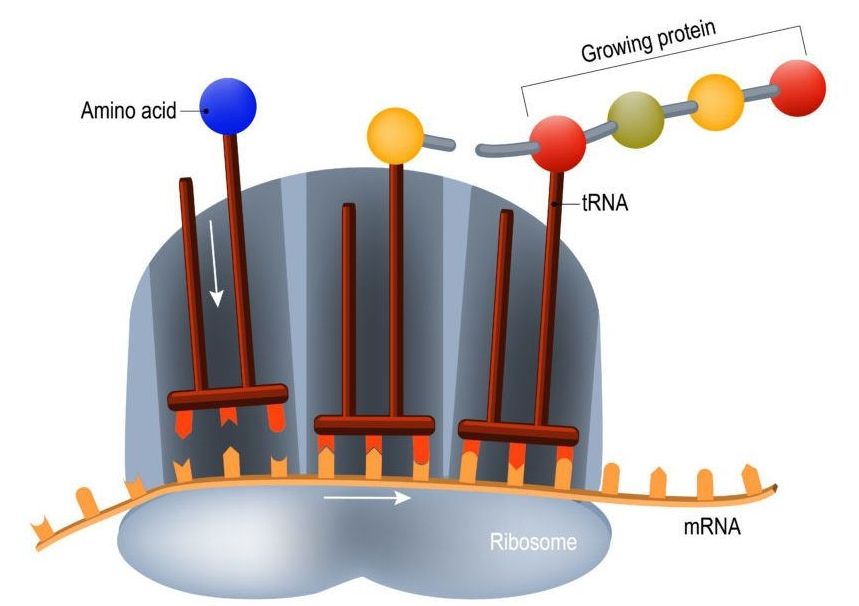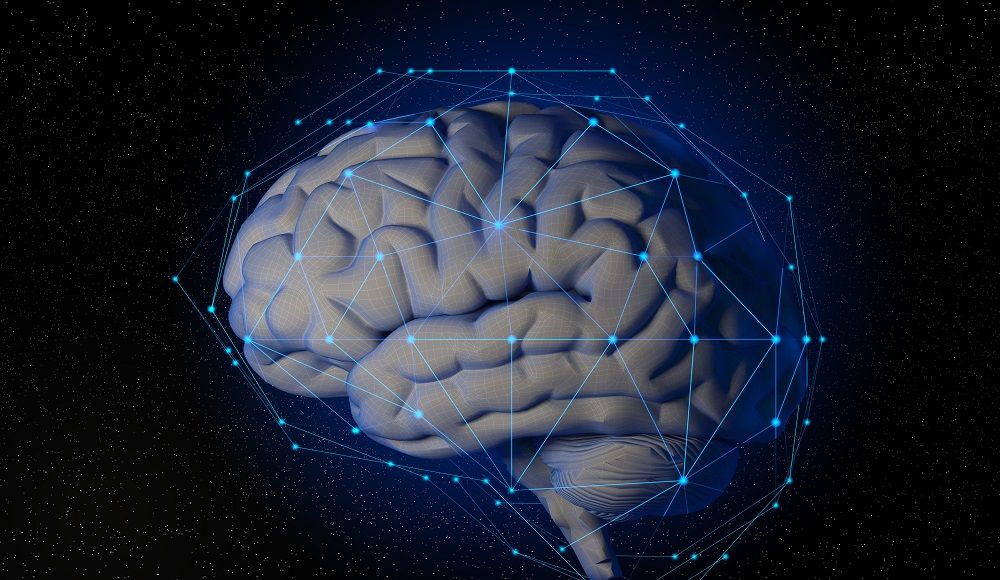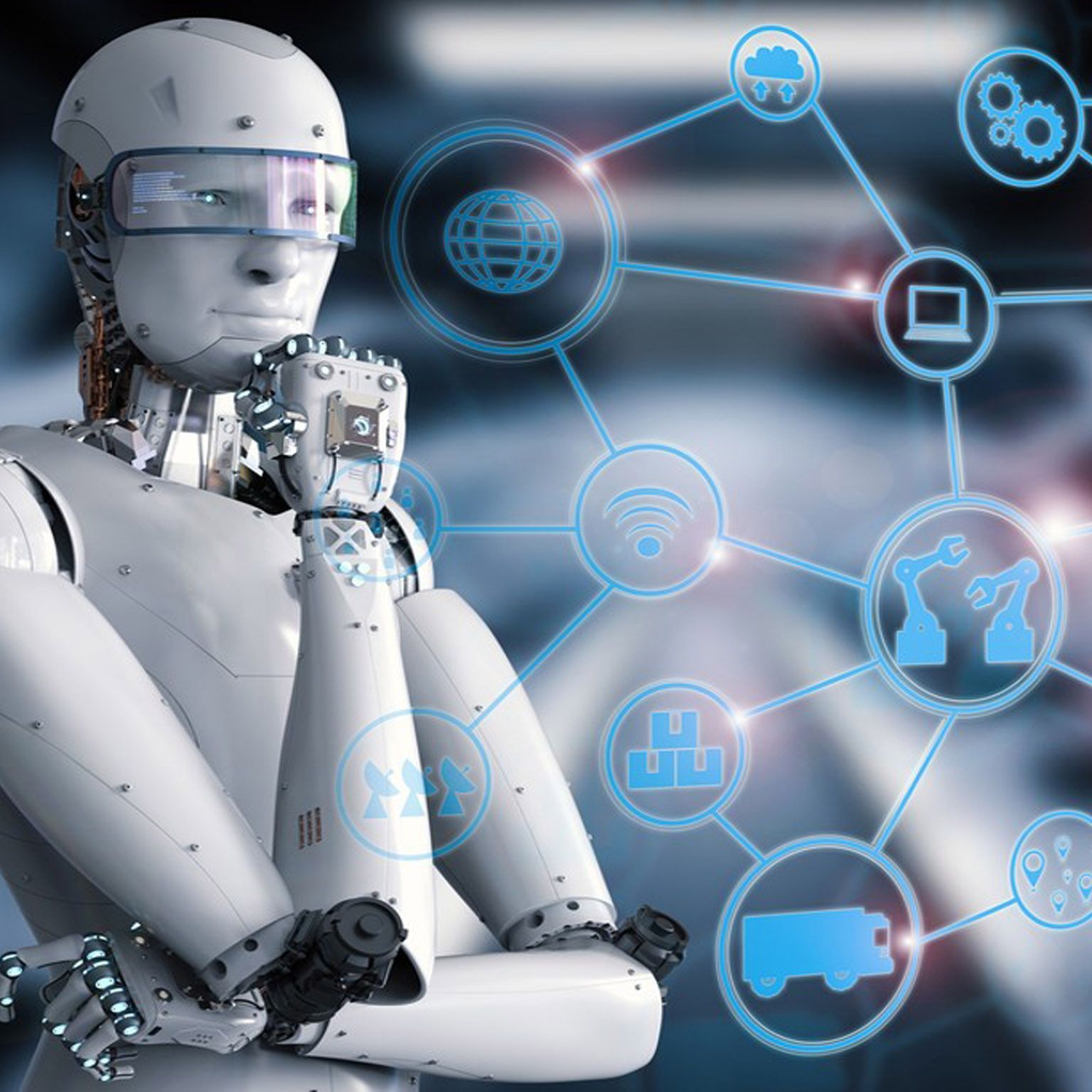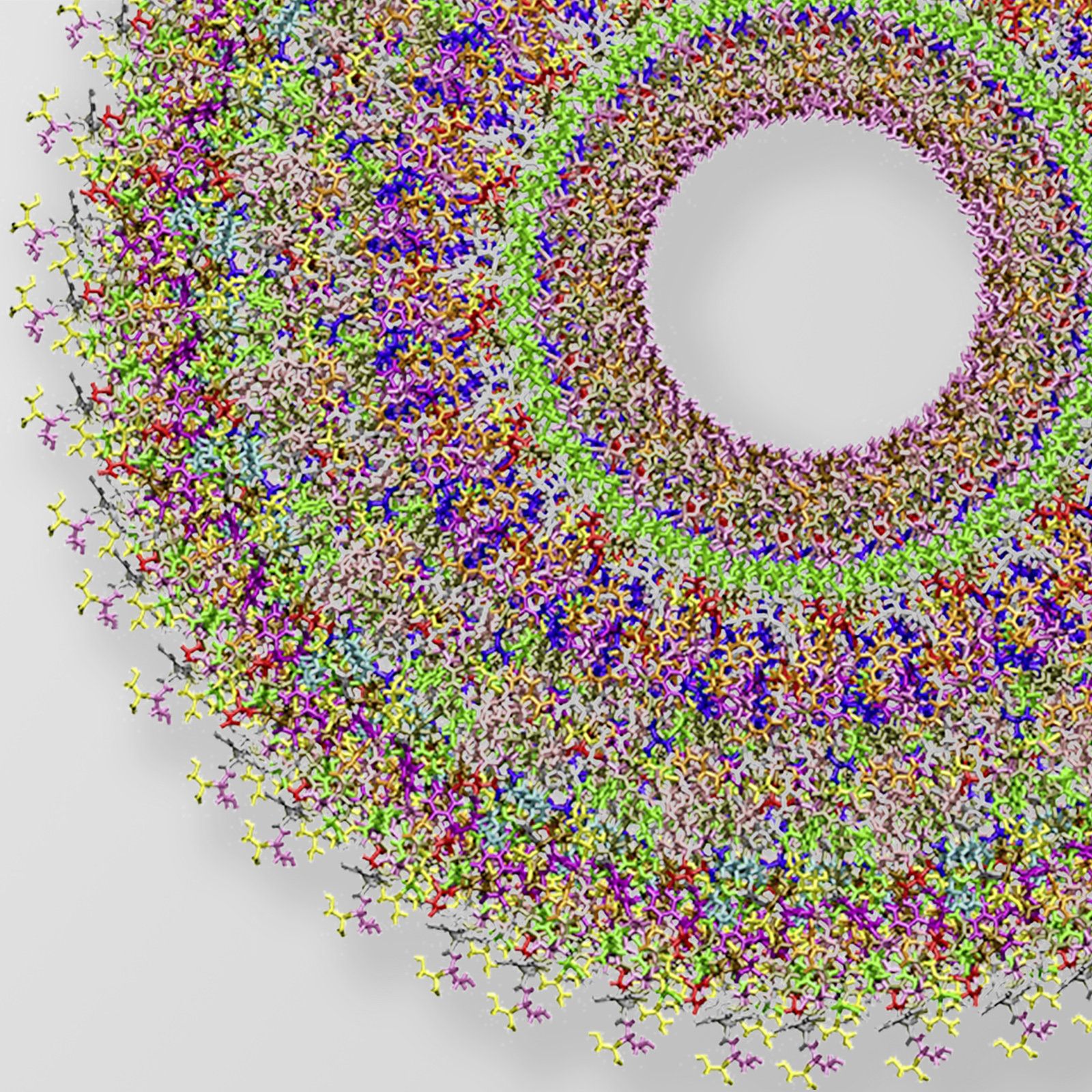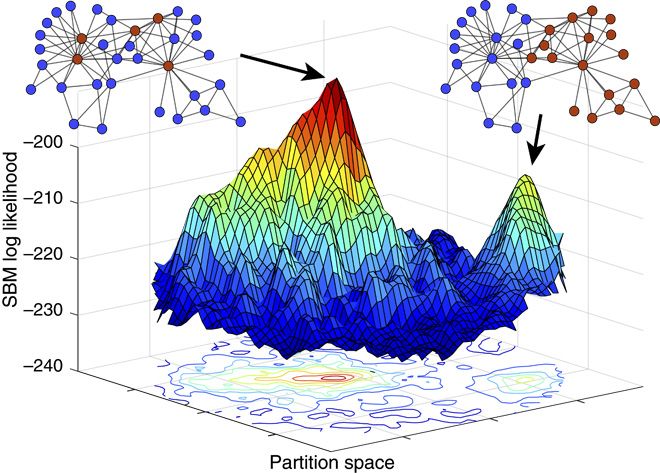Archive for the ‘information science’ category: Page 262
Apr 7, 2018
Protein Synthesis in Aging
Posted by Steve Hill in categories: biotech/medical, genetics, information science, life extension
Protein synthesis is a critical part of how our cells operate and keep us alive and when it goes wrong it drives the aging process. We take a look at how it works and what happens when things break down.
Suppose that your full-time job is to proofread machine-translated texts. The translation algorithm commits mistakes at a constant rate all day long; from this point of view, the quality of the translation stays the same. However, as a poor human proofreader, your ability to focus on this task will likely decline throughout the day; therefore, the number of missed errors, and therefore the number of translations that go out with mistakes, will likely go up with time, even though the machine doesn’t make any more errors at dusk than it did at dawn.
To an extent, this is pretty much what is going on with protein synthesis in your body.
Apr 6, 2018
Our Brain Learns Completely Differently Than Experts Assumed For Nearly A Century
Posted by Brady Hartman in categories: biotech/medical, information science, life extension, robotics/AI
Researchers just overturned a 70-year-old fundamental understanding of how our brains learn – paving the way for faster, more advanced AI applications and a different approach to medical treatments for brain disorders. [This article first appeared on LongevityFacts. Author: Brady Hartman. ]
Researchers just overturned the way scientists thought our brains learn – a view that up until now has been widely accepted for almost 70 years.
This discovery-based upon new experimental evidence – paves the way for more modern artificial intelligence (AI) applications such as machine learning and deep learning algorithms that imitate our brain functions at a much faster speed with advanced features. Moreover, the research may change how doctors view disorders of the brain, such as Alzheimer’s and may alter treatments for other forms of dementia.
Apr 4, 2018
Artificial intelligence: Construction technology’s next frontier
Posted by Genevieve Klien in categories: engineering, information science, robotics/AI
Engineering and construction is behind the curve in implementing artificial intelligence solutions. Based on extensive research, we survey applications and algorithms to help bridge the technology gap.
The engineering and construction (E&C) sector is worth more than $10 trillion a year. And while its customers are increasingly sophisticated, it remains severely underdigitized. To lay out the landscape of technology, we conducted a comprehensive study of current and potential use cases in every stage of E&C, from design to preconstruction to construction to operations and asset management. Our research revealed a growing focus on technological solutions that incorporate artificial intelligence (AI)-powered algorithms. These emerging technologies focus on helping players overcome some of the E&C industry’s greatest challenges, including cost and schedule overruns and safety concerns.
Apr 3, 2018
From the quantum level to the car battery
Posted by Bill Kemp in categories: economics, information science, quantum physics, robotics/AI, transportation
New developments require new materials. Until recently, these have been developed mostly by tedious experiments in the laboratory. Researchers at the Fraunhofer Institute for Algorithms and Scientific Computing SCAI in Sankt Augustin are now significantly shortening this time-consuming and cost-intensive process with their “Virtual Material Design” approach and the specially developed Tremolo-X software. By combining multi-scale models, data analysis and machine learning, it is possible to develop improved materials much more quickly. At the Hanover Trade Fair from April 23 to 27, 2018, Fraunhofer will be demonstrating how the virtual material design of the future looks.
In almost every industry, new materials are needed for new developments. Let’s take the automotive industry: while an automobile used to consist of just a handful of materials, modern cars are assembled from thousands of different materials – and demand is increasing. Whether it’s making a car lighter, getting better fuel economy or developing electric motor batteries, every new development requires finding or developing the material that has exactly the right properties. The search for the right material has often been like a guessing game, though. The candidates have usually been selected from huge material databases and then tested. Although these databases provide insight into specific performance characteristics, they usually do not go far enough into depth to allow meaningful judgments about whether a material has exactly the desired properties. To find that out, numerous laboratory tests have to be performed.
Apr 2, 2018
Defense Advanced Research Projects Agency
Posted by Dan Kummer in categories: information science, robotics/AI
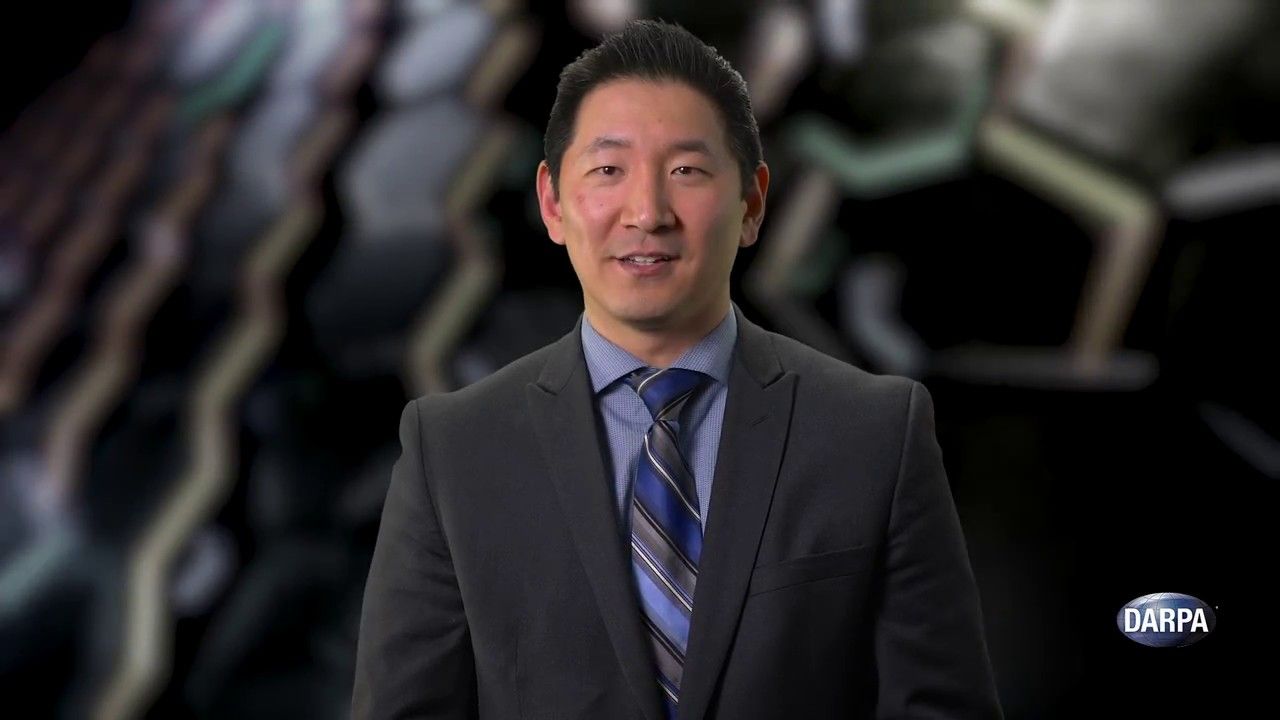
I might bump my post for an armed low flying mini UAV. Seeing as this what they are tip toeing around now.
The focus of this swarm sprint is on enabling improved swarm autonomy through enhancements of swarm platforms and/or autonomy elements, with the operational backdrop of utilizing a diverse swarm of 50 air and ground robots to isolate an urban objective within an area of two square city blocks over a mission duration of 15 to 30 minutes. Swarm Sprinters will leverage existing or develop new hardware components, swarm algorithms, and/or swarm primitives to enable novel capabilities that specifically showcase the advantages of a swarm when leveraging and operating in complex urban environments.
Continue reading “Defense Advanced Research Projects Agency” »
Apr 2, 2018
Expedition Crew Waits for Dragon and Studies Life Science
Posted by Genevieve Klien in categories: biotech/medical, health, information science, satellites, science
The Falcon 9 rocket carrying the SpaceX Dragon cargo craft stands atop its launch pad counting down to a 4:30 p.m. EDT liftoff today to the International Space Station. The Expedition 55 crew is preparing for its arrival on Wednesday while continuing a variety of advanced space research aboard the orbital lab today.
NASA’s Kennedy Space Center in Florida is hosting the 14th launch of a SpaceX commercial cargo mission to the space station. Astronauts Norishige Kanai and Scott Tingle are practicing the maneuvers and procedures necessary to capture Dragon with 2 Canadarm2 when it arrives at 7 a.m. Wednesday morning. Their fellow flight engineers Drew Feustel and Ricky Arnold joined them later in the afternoon to review the cargo they’ll transfer back and forth after they open the hatches to Dragon.
Feustel spent the better part of his day testing algorithms on a pair of tiny internal satellites that could be used to detect spacecraft positions and velocities. Arnold strapped himself into an exercise cycle for an exertion in space study then collected his blood samples for stowage and later analysis.
Continue reading “Expedition Crew Waits for Dragon and Studies Life Science” »
Mar 30, 2018
OFFSET “Sprinters” to Pursue State-of-the-art Solutions for Second Swarm Sprint
Posted by Klaus Baldauf in categories: information science, robotics/AI, transportation, virtual reality
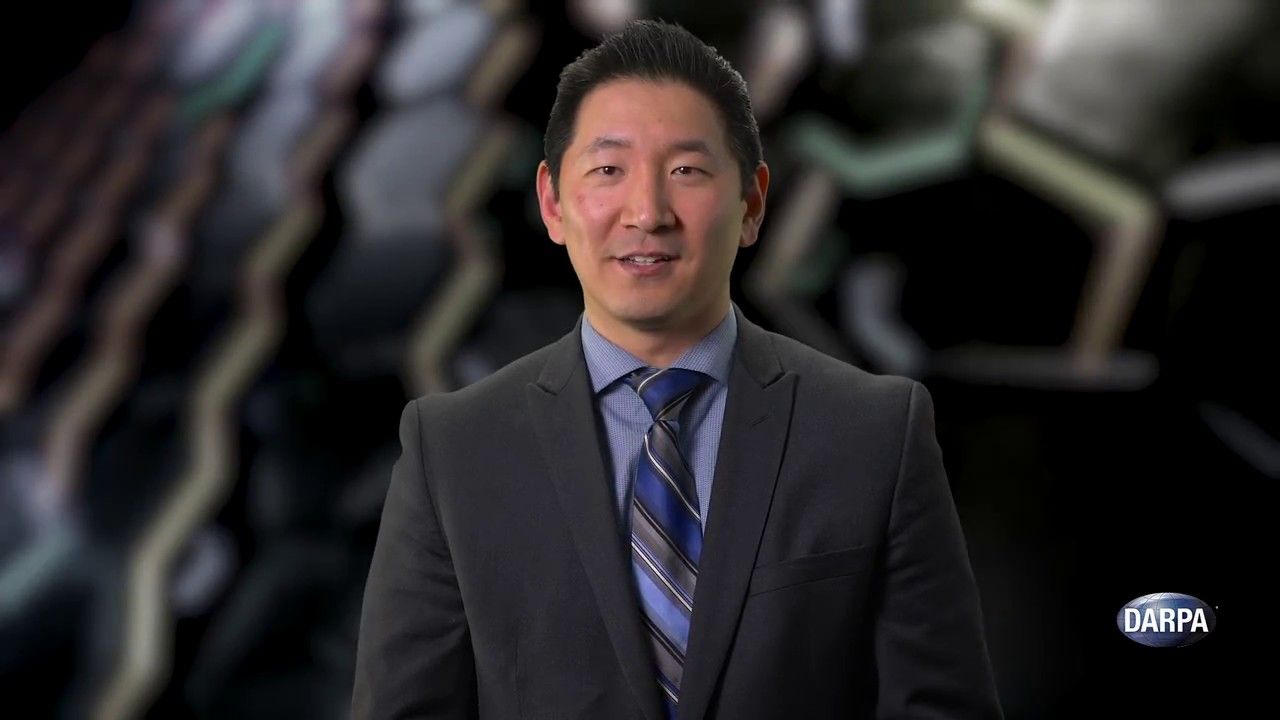
DARPA’s OFFensive Swarm-Enabled Tactics (OFFSET) program envisions future small-unit infantry forces using small unmanned aircraft systems (UASs) and/or small unmanned ground systems (UGSs) in swarms of 250 robots or more to accomplish diverse missions in complex urban environments. By leveraging and combining emerging technologies in swarm autonomy and human-swarm teaming, the program seeks to enable rapid development and deployment of breakthrough swarm capabilities.
To continue the rapid pace and further advance the technology development of OFFSET, DARPA is soliciting proposals for the second “swarm sprint.” Each of the five core “sprints” focuses on one of the key thrust areas: Swarm Tactics, Swarm Autonomy, Human-Swarm Team, Virtual Environment, and Physical Testbed. This second group of “Swarm Sprinters” will have the opportunity to work with one or both of the OFFSET Swarm Systems Integrator teams to develop and assess tactics as well as algorithms to enhance autonomy.
Mar 29, 2018
The brain learns completely differently than we’ve assumed, new learning theory says
Posted by Genevieve Klien in categories: biological, information science, neuroscience
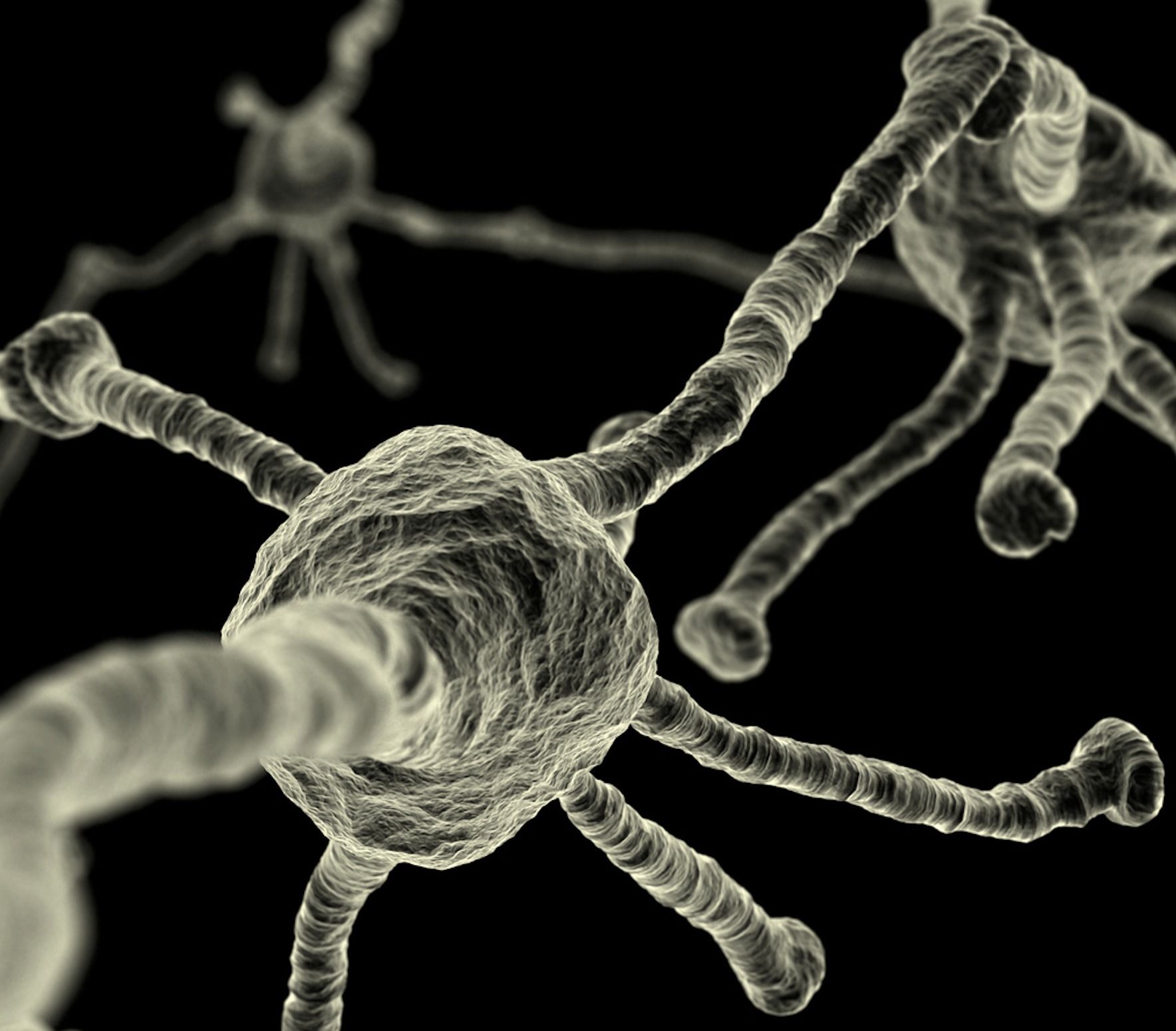
A revolutionary new theory contradicts a fundamental assumption in neuroscience about how the brain learns. According to researchers at Bar-Ilan University in Israel led by Prof. Ido Kanter, the theory promises to transform our understanding of brain dysfunction and may lead to advanced, faster, deep-learning algorithms.
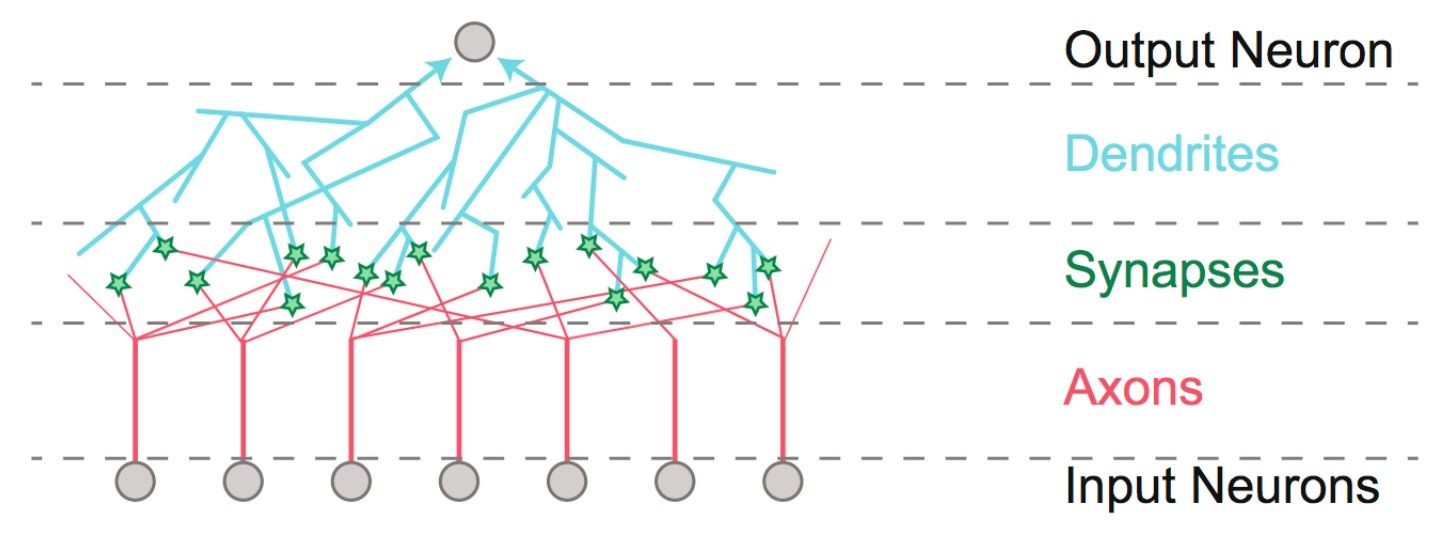
Mar 25, 2018
The ground truth about metadata and community detection in networks
Posted by Genevieve Klien in category: information science
Across many scientific domains, there is a common need to automatically extract a simplified view or coarse-graining of how a complex system’s components interact. This general task is called community detection in networks and is analogous to searching for clusters in independent vector data. It is common to evaluate the performance of community detection algorithms by their ability to find so-called ground truth communities. This works well in synthetic networks with planted communities because these networks’ links are formed explicitly based on those known communities. However, there are no planted communities in real-world networks. Instead, it is standard practice to treat some observed discrete-valued node attributes, or metadata, as ground truth. We show that metadata are not the same as ground truth and that treating them as such induces severe theoretical and practical problems. We prove that no algorithm can uniquely solve community detection, and we prove a general No Free Lunch theorem for community detection, which implies that there can be no algorithm that is optimal for all possible community detection tasks. However, community detection remains a powerful tool and node metadata still have value, so a careful exploration of their relationship with network structure can yield insights of genuine worth. We illustrate this point by introducing two statistical techniques that can quantify the relationship between metadata and community structure for a broad class of models. We demonstrate these techniques using both synthetic and real-world networks, and for multiple types of metadata and community structures.

